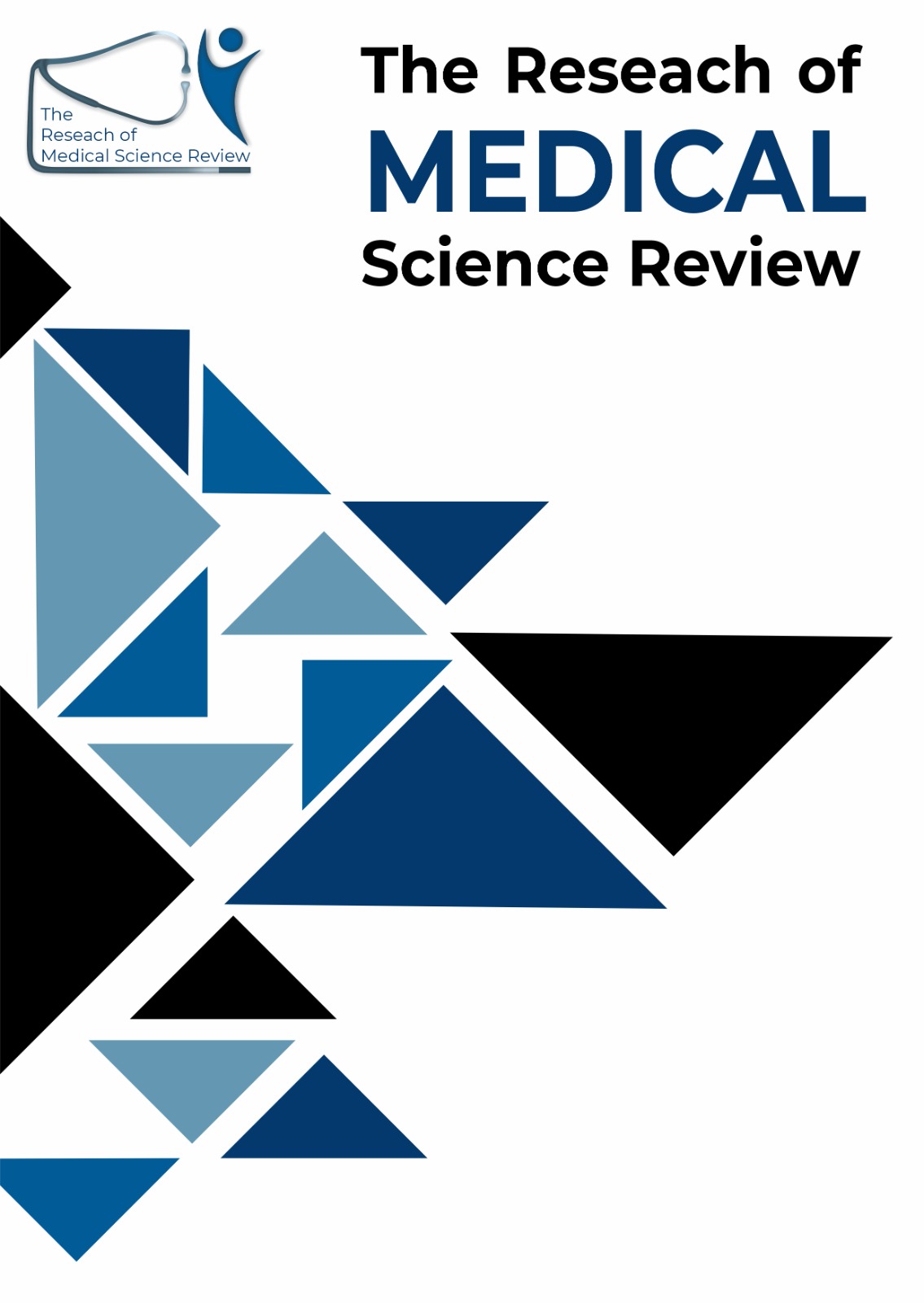EFFECTIVENESS OF CONSTRAINT-INDUCED MOVEMENT THERAPY VS. PROPRIOCEPTIVE NEUROMUSCULAR FACILITATION IN UPPER LIMB REHABILITATION FOR HEMIPLEGIC PATIENTS; A FOCUSED LITERATURE REVIEW
Main Article Content
Abstract
Stroke is the leading cause of disability worldwide, that affects both the motor and the sensory functions of the body. Neurorehabilitation techniques such as CIMT and PNF play the best role in overcoming the post-stroke effects. For the betterment of stroke survivors, it is necessary to compare the effectiveness of both techniques. The main objective of this literature review is to assess and compare the effectiveness of Constraint-Induced Movement Therapy (CIMT) and Proprioceptive Neuromuscular Facilitation (PNF) in improving upper limb function in patients with hemiplegic stroke, based on randomized controlled trials (RCTs) conducted between 2020 to 2024.A detailed search was conducted using the Google Scholar, PubMed, and SciHub databases, targeting studies published between 2020 and 2024. The inclusion criteria focused on randomized controlled trials (RCTs) involving hemiplegic patients who received either Constraint-Induced Movement Therapy (CIMT) or Proprioceptive Neuromuscular Facilitation (PNF). Four studies
have been selected based on the inclusion criteria. The primary assessment tools were the Fugl-Meyer Assessment (FMA), Motor Activity Log (MAL), functional motor, and spasticity tests.The review identified and compared the effects of Constraint-Induced Movement Therapy (CIMT) and Proprioceptive Neuromuscular Facilitation (PNF) on upper limb motor function in stroke patients. All four studies reported improvements in motor function, with results favoring CIMT over PNF. The Functional Mobility Assessment (FMA) scores indicated significantly greater improvements in patients receiving CIMT than those undergoing PNF. CIMT shows greater effectiveness than PNF in improving upper limb function for patients with hemiplegia of the upper limb. Continued research into the long-term effects of these therapies could provide valuable results, helping to refine and improve rehabilitation intervention techniques for stroke survivors.
Downloads
Article Details
Section

This work is licensed under a Creative Commons Attribution-NonCommercial-NoDerivatives 4.0 International License.
